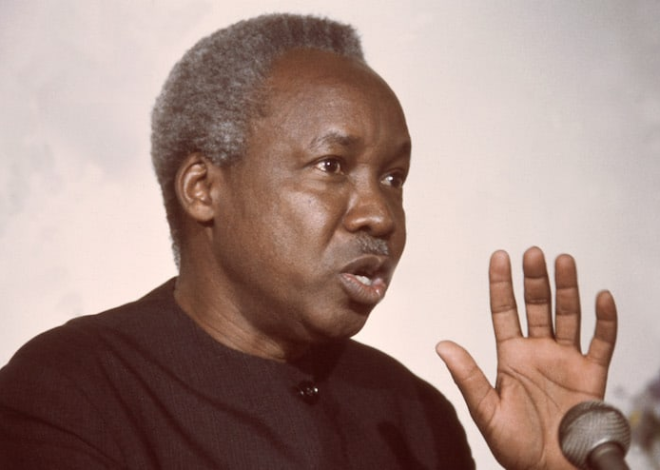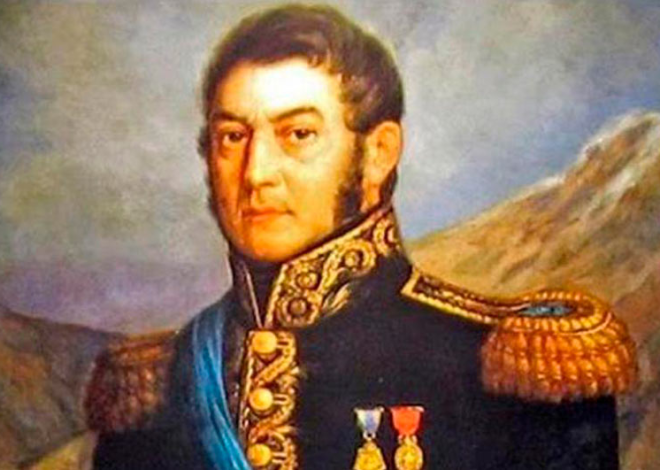
Ollanta Humala
Ollanta Moisés Humala Tasso, commonly known as Ollanta Humala, is a Peruvian politician and former military officer who served as the President of Peru from 2011 to 2016. His presidency was marked by various political and economic changes.
Here is a detailed history of Ollanta Humala:
Early Life and Military Career:
- Humala was born on June 26, 1962, in Lima, Peru. He hails from a middle-class family with a military background, as his father was a lawyer and a former army officer.
- He attended the Military School of Chorrillos and later pursued further military training in France, where he specialized in geopolitics.
- Humala served in the Peruvian Army, rising to the rank of lieutenant colonel. He also spent time as a United Nations peacekeeper in conflict zones, including Cyprus.
Participation in Military Uprising:
In 2000, Humala was involved in a military uprising against the government of President Alberto Fujimori. The uprising, known as the Locumba Uprising, was unsuccessful, and Humala was imprisoned for several months.
Transition to Politics:
- After his release from prison, Ollanta Humala transitioned to politics. He founded the political party “Peruvian Nationalist Party” (Partido Nacionalista Peruano or PNP) in 2005.
- Humala ran for the presidency in the 2006 elections but was narrowly defeated by Alan García.
Presidential Victory in 2011:
- Humala ran for president again in the 2011 elections, representing the Gana Perú (Peru Wins) coalition. His campaign focused on social inclusion and reducing inequality.
- In the runoff election, Humala faced Keiko Fujimori, the daughter of former President Alberto Fujimori. He won the election with a narrow margin, becoming the President of Peru.
Presidential Policies:
- During his presidency, Humala implemented a series of social programs aimed at reducing poverty and improving healthcare and education in Peru.
- He also pursued economic policies that emphasized social spending and sought to balance economic growth with social inclusion.
Challenges and Controversies:
- Humala’s presidency faced challenges, including opposition from some business sectors and concerns about his commitment to democratic principles.
- His government was also criticized for its response to protests related to mining and environmental issues, which sometimes led to violent clashes.
Second Term and Decline in Popularity:
- Humala was constitutionally barred from seeking re-election in 2016. His chosen successor, Pedro Pablo Kuczynski, won the presidency.
- In the years following his presidency, Ollanta Humala’s popularity declined, and he faced allegations of corruption related to campaign financing.
Arrest and Legal Issues:
- In July 2017, both Ollanta Humala and his wife, Nadine Heredia, were arrested and placed in preventive detention while facing charges of money laundering and accepting illegal campaign contributions.
- They were released from prison in 2018 after spending around nine months in custody. Their legal cases continued.
Post-Presidential Life:
Humala remains a prominent figure in Peruvian politics, albeit with a tarnished image due to legal issues and allegations of corruption.
His presidency represented a period of political change in Peru, with a focus on social programs and inclusion. However, his tenure was also marked by controversies and legal challenges, which have significantly impacted his political legacy.







